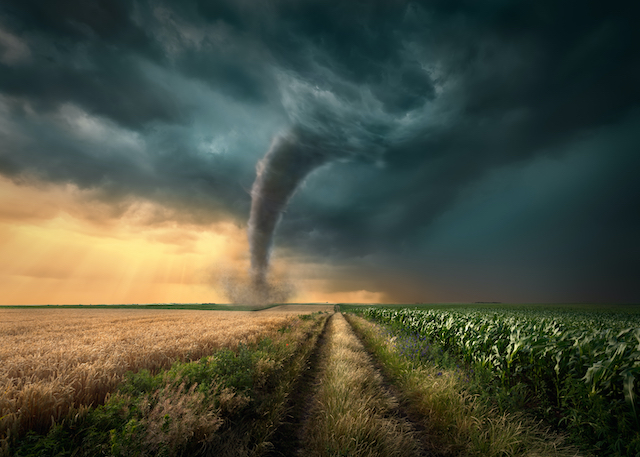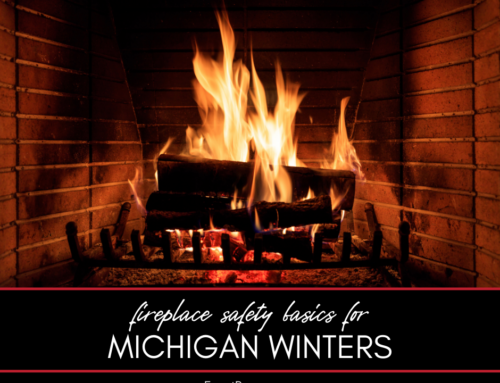Severe weather is an ever-increasing danger across the U.S. Tornadoes, hurricanes, tropical storms, floods, and wildfires threaten millions of American homes every year. In 2020, for only the second time ever, the World Meteorological Organization exhausted its list of alphabetical names for hurricanes and had to use Greek letters to keep pace with naming this severe weather event. According to Weather.com, the only other time this happened was in 2005 with the formation of 28 storms.
AccuWeather expects that 1,350 to 1,500 tornadoes will materialize across the U.S. this year, an increase from last year when 1,245 tornadoes were observed, according to record keeping by the Storm Prediction Center.
One of the largest factors behind the increase in tornadoes is La Nina, which is a weather pattern that occurs when the water near the equator in the Pacific Ocean is cooler than usual and influences the trajectory of storm systems.
When Is Tornado Season?
March, April, and May are usually the months when tornadoes are most active. This year, however, May could be especially treacherous because of La Nina, according to forecasters at AccuWeather.
Throughout tornado season you should keep the below two concepts front-of-mind.
What Is a Tornado Watch?
A tornado watch, which is issued by the Storm Prediction Center, doesn’t mean there is a tornado present. It indicates that weather conditions are favorable for a potential tornado, and specifies areas that could be impacted. When a tornado watch is issued, you should gather supplies and identify a safe place to go in the event a tornado develops. You should be on watch and stay informed about the weather conditions in your area.
What Is a Tornado Warning?
A tornado warning means a tornado has been seen in your area, or that there is a strong indication on radar that a tornado is in progress. When an area is at risk a warning is issued. You should seek shelter and get to your safe place immediately until the threat has passed.









